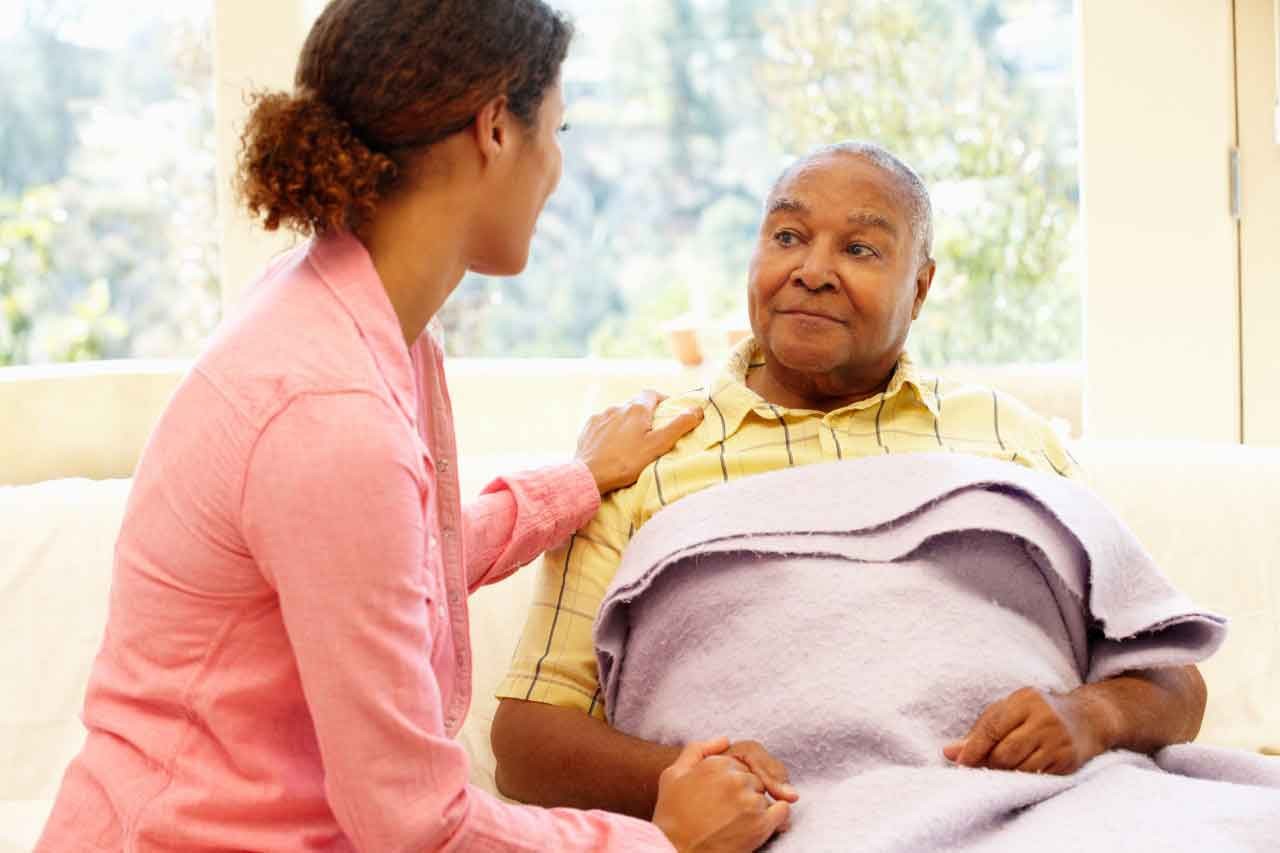Dying at Home Is More Comfortable

It helps if you can have loved ones with you.
Most people who know they are dying from cancer would prefer to die at home. Often their family supports this wish, yet it seldom comes true.
One reason is that spouses and adult children may not be able to take time off from work or afford lost pay. When a family member can be available for at least two weeks, patients are more likely to die at home, a small British study has found.
Other factors which help people to die at home are home doctor visits and around-the-clock nursing. Almost a third of family members of patients who ended up dying in the hospital would have preferred if the patient could have died at home.
RELATED TOPIC: Is Long-Term Care Insurance Right for You?
It seems to be possible to manage pain at home, the British researchers concluded. “Those that do die at home (in regions of London) appear to spend their last days in greater peace, nearly always with family around them, and with pain controlled to a similar level to those who die in hospital,” the researchers wrote.
Some governments have set up programs to make caring for dying family members easier. In Canada, a compassionate care insurance benefit offers employees up to six weeks of pay. In the United States, three states have paid family leave policies: California, New Jersey, and Rhode Island.
Other states and Congress are considering legislation. The federal Family and Medical Leave Act allows employees to leave work to care for family but not with pay. David Bolotsky, founder and CEO of the Brooklyn, N.Y.-based UncommonGoods, gives his employees paid leave and argues that New York should have a paid leave policy built on its disability insurance fund. “We know that statewide paid-family-leave programs do not hurt businesses. California was the first state to implement it, in 2004. Five years later, the majority of businesses reported that it had a positive or no effect on profitability, productivity, employee turnover and morale,” he writes.
If you or a family member face a terminal illness, start talking early about what it would take to leave a hospital and enter a hospice or receive hospice care at home. Taking their cue from the mission established in 1967, when Dame Cicely Saunders, a nurse, opened St. Christopher's Hospice in London, hospice care providers offer patients relief from physical pain, preservation of their dignity, and respect for the psychological and spiritual aspects of death. In 2014, some 1.6 to 1.7 million Americans received hospice services, the National Hospice and Palliative Care Organization reports, and about 60 percent did so at home. Another 36 percent died in another private home, often that of a family member. About half of those patients received care for fewer than 17 days.
Choosing to go home does not mean you will die sooner: According to Consumer Reports, in some studies, older adults with common cancers who used hospice care lived almost a month longer, and more comfortably, than those who kept seeking a cure.
Updated:
April 07, 2020
Reviewed By:
Christopher Nystuen, MD, MBA